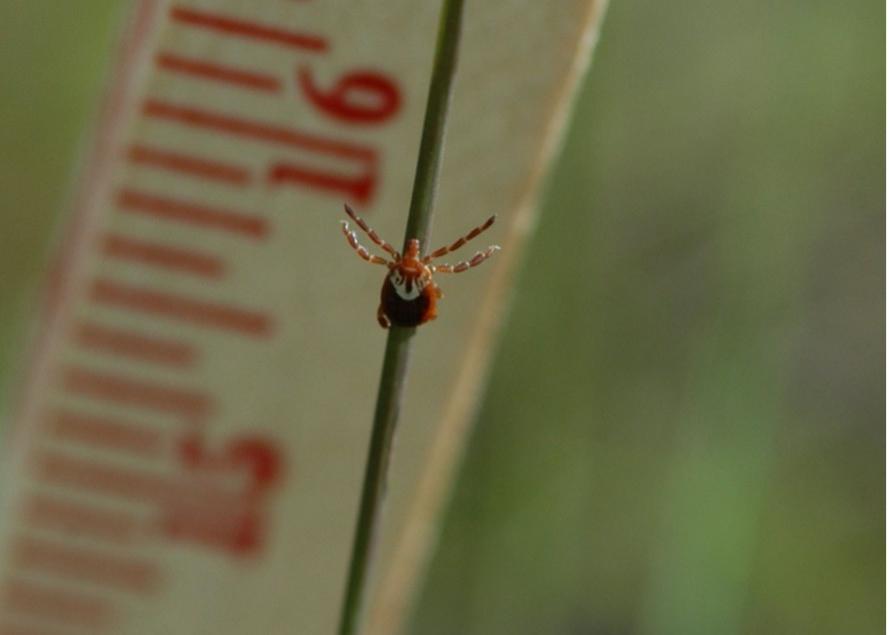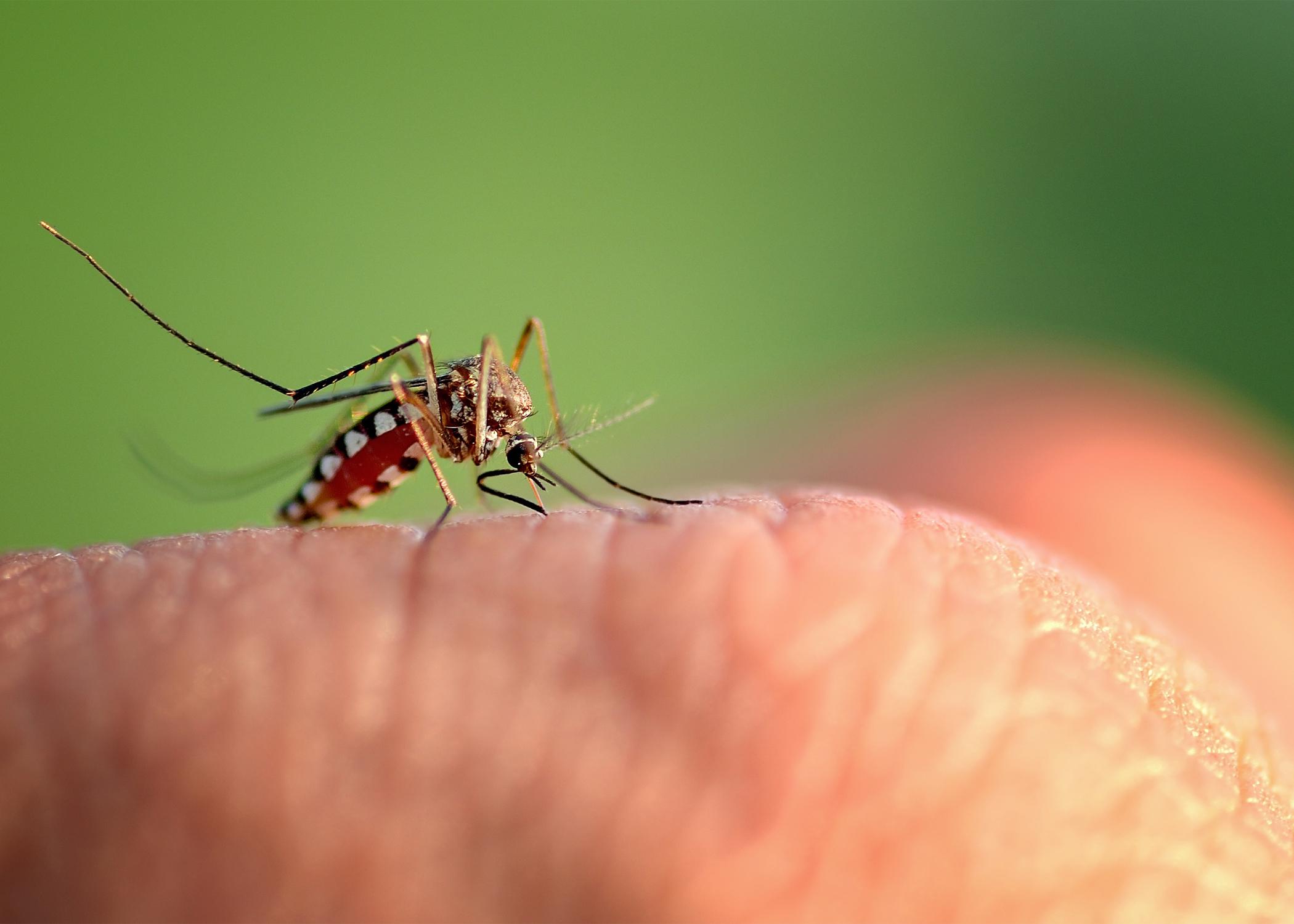Ready, Set, Garden: Soil Sampling 101

Taking a soil sample before planting ornamental or food plants is the best way to know if your soil needs critical nutrients and how much.
Are you already thinking about what you will plant this spring and summer? If you are, don’t forget to test your soil. It’s the best way to know if your garden or lawn needs critical nutrients and how much.
You can take soil samples any time of year, but 3 to 6 months before planting is ideal. This window gives enough time for any lime that is recommended to change the pH of the soil before planting.
Decide where you want to take the sample. If you want to test multiple areas, you will need to take samples in each of the distinct areas. For example, if you would like recommendations for your vegetable garden, front yard and a flower bed, each of these areas will need its own soil sample box.
Gather your supplies. These are a soil probe (or a spade or shovel), plastic bucket, and sample boxes. New to gardening and don’t have a spade or shovel? Soil probes are available for check-out at your local Extension office. Our offices also have soil sample boxes available, but you can also use a quart-size zip-top bag if you’d like.
Collect 15 to 20 soil plugs from each designated area. Remove any turf, mulch, or other vegetation before you collect the soil plug. Plugs should be taken from the top 4 to 6 inches of the ground.
Place soil plugs in a plastic bucket or container and mix it together. Don’t use a metal container because it can skew your test results.
Fill each sample box or zip-top bag completely full. Then, label each box or bag with the required information. Don’t forget to label the container with the name of the area where you collected the sample.
Register your soil sample through the Extension Portal. The soil testing lab no longer takes paper forms for soil testing. If you don’t have an account, you will be prompted to create one. You can still pay by check, but you must register the sample for testing online. You can find detailed instructions on our website.
Interpret your test results and make any recommended applications. If you need help interpreting the results, you can always contact your local Extension agent. Or you can use one of the many online fertilizer calculators available. Get instructions on how to use an online fertilizer calculator on our website.
For more information about soil testing, visit our website.
Subscribe to Extension for Real Life
Fill in the information below to receive a weekly update of our blog posts.








